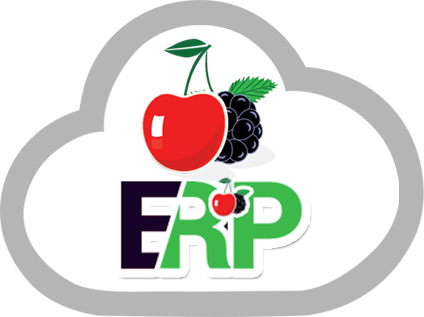
ERP Attendance Software – Improving Workforce Management
In the modern rapid business environment, effective handling of human resources is critical to a company’s performance. Staff attendance must be managed, hours of work must be monitored, and payroll must be processed correctly. Enterprise Resource Planning (ERP) Attendance Software is an effective instrument that automates these operations, providing several benefits to both businesses and employees. Further, we will investigate the importance of ERP Attendance Software in contemporary organisations, as well as its characteristics, advantages, and potential issues.
What is an ERP Attendance Software?
ERP Attendance Software is an extensive system that combines attendance monitoring, time and resource administration, and payroll management into a single interface. The program automates, streamlines, and centralises attendance-related operations, making it a vital part of today’s labour management. ERP attendance systems can be tailored to the exact requirements of diverse sectors and businesses of any type and size.
ERP Attendance Software Characteristics:
1) Attendance Tracking:
ERP Attendance System allows for accurate recording of workers’ schedules, number of working hours, covering clock-ins and clock-outs. This is frequently accomplished using numerous ways, including biometric devices, vicinity cards, or smartphone applications, which ensure the precision of data.
2) Absence Management:
Workers may ask for leaves, and supervisors may grant or deny them through the program. This function also keeps track of earned as well as utilised leave balances.
3) Payroll Integration:
ERP Attendance Software interacts smoothly with payroll software, automatically generates salaries based on record keeping. This decreases the possibility of errors while also ensuring timely and precise reimbursement.
4) Shift Administration:
The program enables firms to effectively create and oversee staff schedules, rotations while accounting for considerations such as working overtime, weekends, holidays, and absences.
5) Accountability and Reporting:
Compliance capabilities are frequently included into software for guaranteeing compliance to labour regulations and laws. It also produces analytics and reports to assist management in making data-driven choices.
Advantages of using ERP Attendance Software:
1) Improved Employee Efficiency:
Employees benefit from better attendance monitoring, easier requests for leave, and an awareness of openness in their record. This can lead to increased work fulfilment and performance.
2) Reliability and Effectiveness:
Making an automated attendance and time tracking system decreases the likelihood of human error dramatically, leading to accurate payroll processing and the elimination of the requirement for entering data manually.
3) Better Use of Resources:
ERP Attendance Software save both time and money of the businesses by decreasing administrative tasks, enhancing data quality, and reducing mistakes in payroll.
4) Liability and Compliance:
Companies may simply conform to labour legislation and industry norms, lowering the likelihood of legal difficulties and maintaining consistency in attendance management. Apart from the advantages, there are also few challenges in implementing ERP Attendance Software like cost of implementation, integration problem, maintenance updates and employees resistance but obviously advantages outweigh the advantages.
Conclusion:
ERP Attendance Software has grown into a vital tool for contemporary companies striving to enhance employee productivity and relation management. Its capacity to increase data integrity, improve attendance tracking, and boost overall efficiency provides considerable benefits to both businesses and employees. Although there may be difficulties during the initial setup and integration, the future benefits of ERP Attendance Software make it worth the cost in the modern rapidly changing and competitive corporate environment. As technology advances, ERP Attendance Software will play an even larger role in molding the coming generations of managing employees and tracking attendance better.
